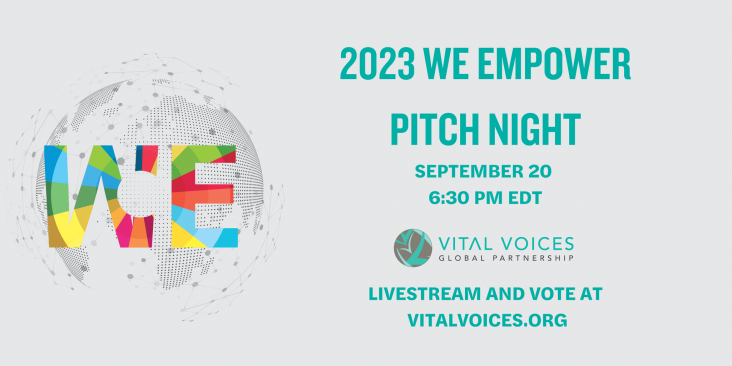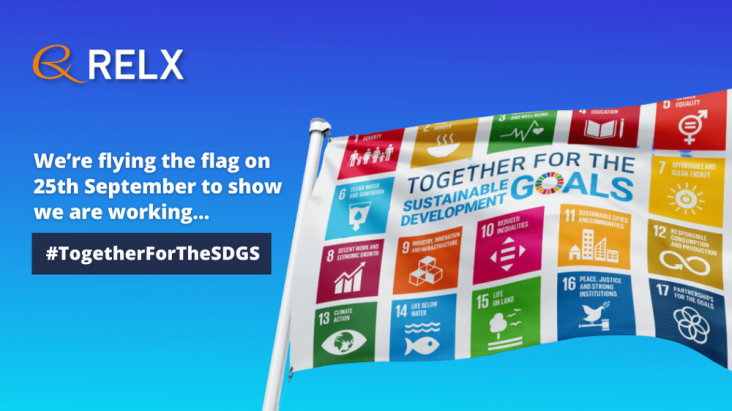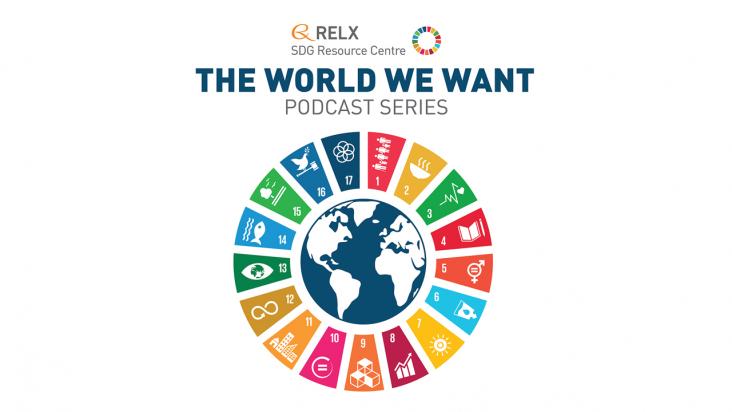UN's Summit of the Future 2024: Paving the Path for SDG Resources
Conservation scientists often aim to modify animal behaviour for management. However, there are ethical/welfare issues associated with this. The authors provide a decision support tool to assess the ethical considerations of modifiy animal behaviour against alternative options

WE Empower Pitch Night, hosted by Diane von Furstenberg, will be a dynamic evening event bringing together top business leaders, the media and other key influencers to participate in an innovative

As we enter the ninth year since the adoption of the UN Sustainable Development Goals (SDGs) in 2015, the pressing need to meet these ambitious objectives becomes ever more evident.

In this episode of the "World We Want" podcast, Márcia Balisciano and David Emmett, from the Biodiversity Partnerships team at the Hempel Foundation, engage in a deep conversation. They discuss the importance of biodiversity conservation, and how our efforts toward preserving wildlife species should not ignore the human communities that surround and rely on them.
The authors introduce a new method for wastewater management. OCTOPUS merges individual treatment plants into one, leading to significant cost savings.
How people commute to work can have a significant effect on their mental health. This article shows that private car is worse than public or active transport in this respect. Policy measures can encourage people to use modes of transport that promote better mental health.
Long-distance truckers suffer more than the average from depression. This paper identifies positive and negative factors associated with this and suggests remedial actions.
Background: Housing quality is a crucial determinant of mental health.
This article advances SDG # 15 and SDG # 11 by examining the large number of animals killed on road and establish how best to assess the problem so as to improve mitigation.
